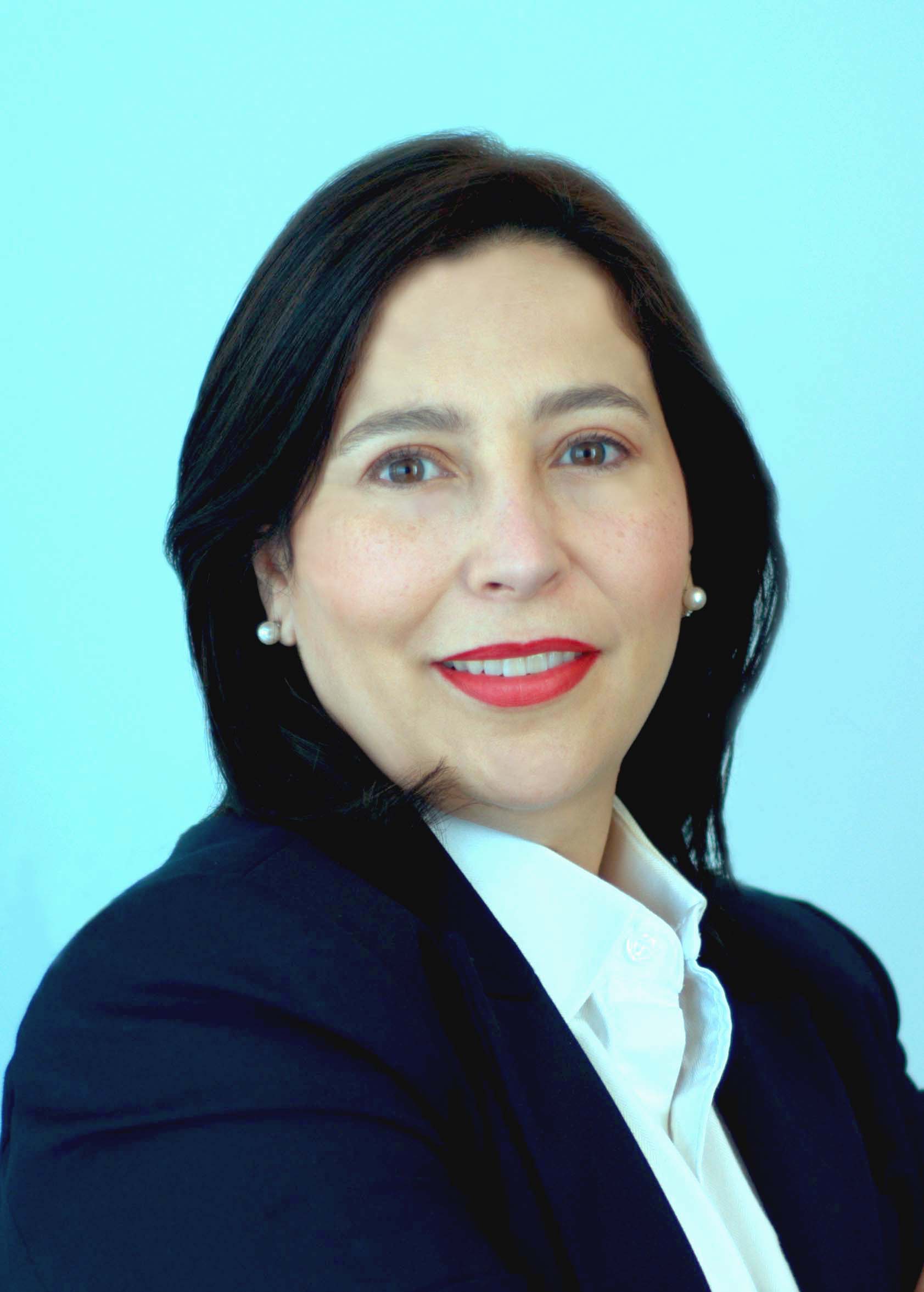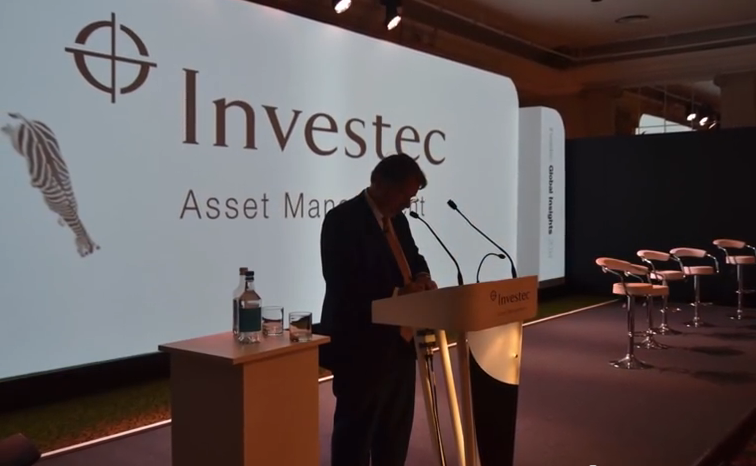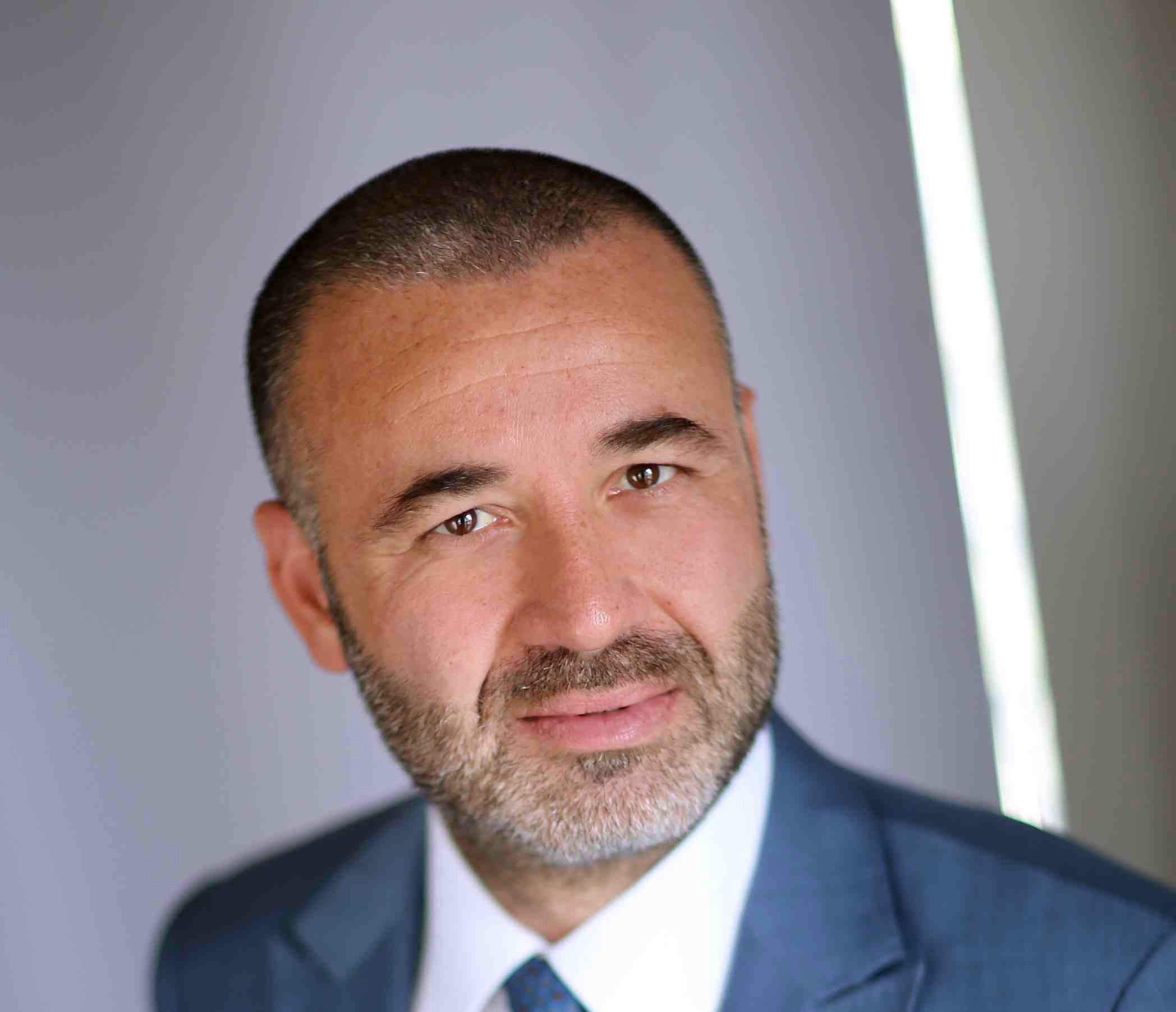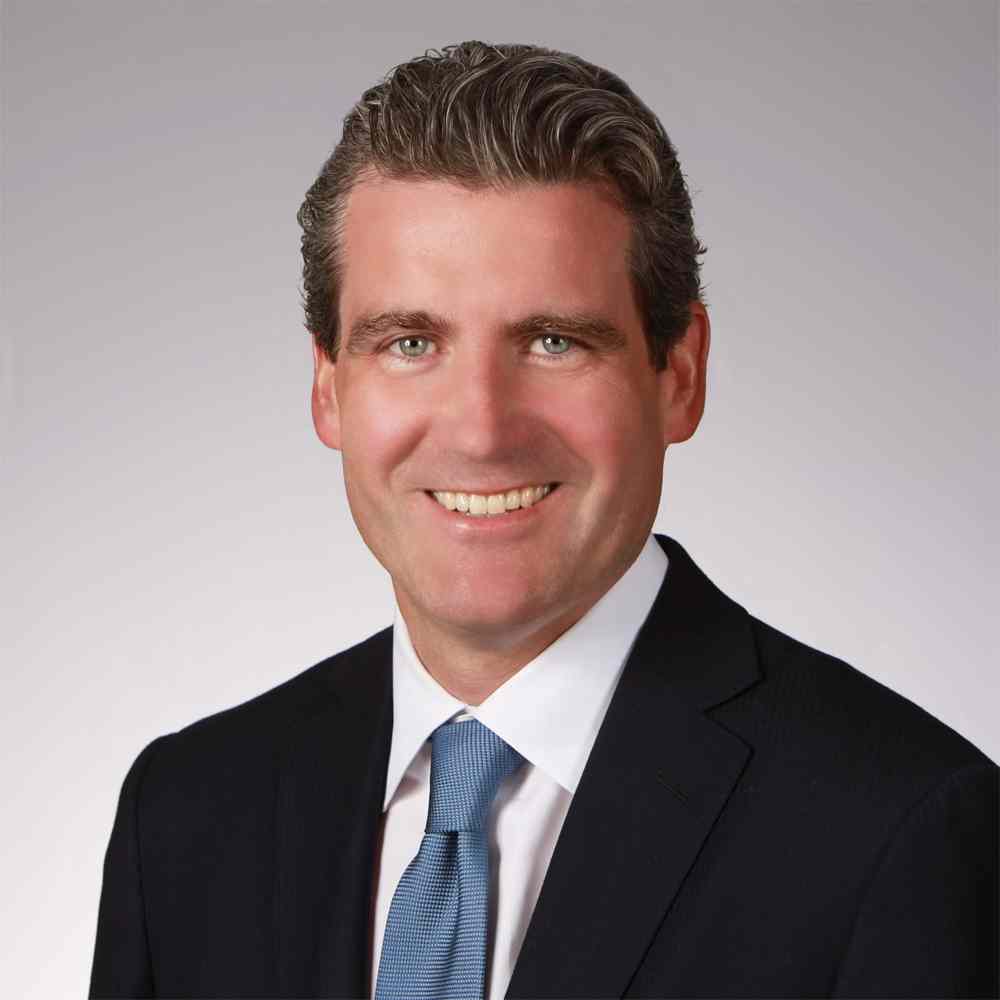Asia is a Story of Productivity and Domestic Consumption
| By Fórmate a Fondo | 0 Comentarios
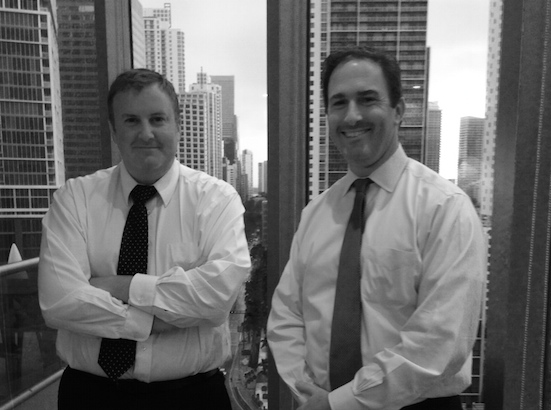
Today, markets are dominated by monetary policy, and the environment is complicated in general. Central banks are acting more for either political reasons, as in theECB’s case, or academic, as in the case of the Fed, than for economic reasons, but ultimately, we should be aiming towards more average standards in interest rates. What effect does this have on emerging markets? Robert J. Horrocks, CIO and portfolio manager at Matthews Asia believes that in such environments, the best position is to invest in markets that are independent of the evolution of demand in Europe and the U.S., “Therefore, Asian markets, which are more focused and sensitive to domestic consumption, may be an attractive place to invest.”
At a lunch presentation for a small group of investors in Miami, Horrocks pointed out how, in general, Asian markets have been those which have made the greatest advancements in improving their GDP per capita in relation to that of the U.S. during the last 30 years. Countries like South Korea have gone from having a GDP per capita which was equivalent to 20% of that of the U.S. in 1980 to currently (2010) running very close to 80%. The relative progress for Taiwan is also spectacular, and very noticeable in the case of either China or Thailand. “The secret of these markets is simple, work very hard and save your money, that’s how these countries have reached the point where they are now.” Asia is, notes Horrocks, a story of productivity and domestic consumption. In fact, productivity contributes nearly 3 percentage points to GDP growth in countries like China, despite the wage increase, “it is not affecting corporate profits as workers are becoming increasingly more productive and are thus helping the country to sustain a GDP growth of 7% without the assistance of exports”.
However, in recent years, the region has not had a prominent stock market performance. While in the U.S. profit margins have not done anything but improve, in Asia, they have fallen from an average of 9.84% for the EBIT margin during the period 2001-2008, to an EBIT margin of 7.60% during the period 2009-2014. “The margin squeeze is the main reason why Asian markets have underperformed, although in the last year there has been a stabilization, so the growth in earnings per share in the region is catching up to that of the developed world.”
This, coupled with an attractive valuation in absolute terms (according to the consensus, China is trading at an estimated 2014 PER of 9.7x) and especially in relative terms (the U.S. trades at 15.7x according to the same ratio), and the implementation of reformist governments in China, India and Japan, support investment in the region, but above all Asia is “a story of domestic consumption and middle class boom.”
If the current GDP percapita of several Asian countries is placed in a historical context the conclusions are emphatic. There are a significant number of countries which have a percapita GDP equal to that enjoyed by the U.S. in the nineteenth century, for example India, Philippines, Vietnam, and Pakistan. However much China has progressed in recent years, it is still at the stage that the U.S. was in the 1950s in terms of GDP per capita, while Thailand and Malaysia are not much better and have yet to go through the boom of appliances, tourism, and mass consumption. The more developed markets such as Korea and Taiwan are still in the 1980s; only Singapore and Hong Kong has positioned themselves on the threshold of the 21st century.
As Asianmarkets go reaching the same levels as those in developed countries, “based on working hard and saving,” as Horrocks pointed out at the beginning of this conversation, it opens “huge opportunities for companies that can exploit the consumer boomof the middle class.” The projections presented by Horrocks pointed out that in 2015, the consumption of the middle class in the Asia Pacific region will represent 30% of the total globally. This percentage will rise to 70% in 2040 at Europe’s and North America’s expense.
Toposition their portfolio accordingly, Horrocks’s team discusses the size of certain industries and even individual consumer companies currently operating in the U.S., as an estimate of where their Asian peers could be in a few years. “For example, we identified that the fast food chain business model has incredible potential within the region, while restaurant chains don’t have the same projection. Another area where we definitely want to be present in the future is that of insurance.” Once we identify a sector or business model “we match that with companies available for investing within the region,” adds Jonathan D. Schuman, director of Global Business Development at Mathews Asia, who accompanied Horrocks the presentation. “Likewise, one of the sectors that we like is healthcare, but there are very few companies in Asia where you can invest on that area, so we are very overweight in relation to the benchmark.”
“We are well awarethat when the middle class emerges, it starts consuming not only products, but mostly intangible services, so we see the huge opportunity which exists long-term in sectors such as the afore mentioned insurance and health,” Horrocks added.
The company’sChief Investment Officer concludes by calling attention to the growing importance of dividends as part of the performance of a portfolio invested in Asia. “We like companies that deliver increasing dividends, not only to provide additional yield to our investment, but also because in a market that suffers from questionable and opaque corporate governance, companies that are committed to paying dividends by force are more transparent in their accounts,” says Horrocks.


